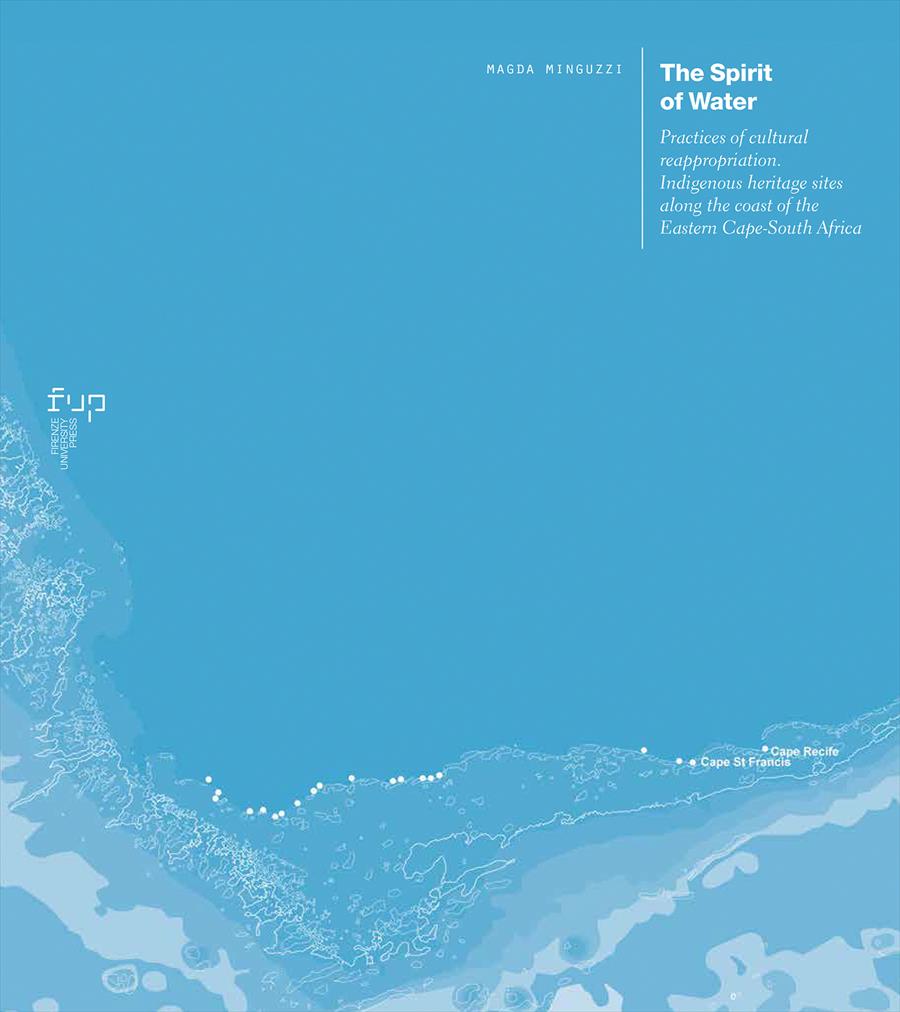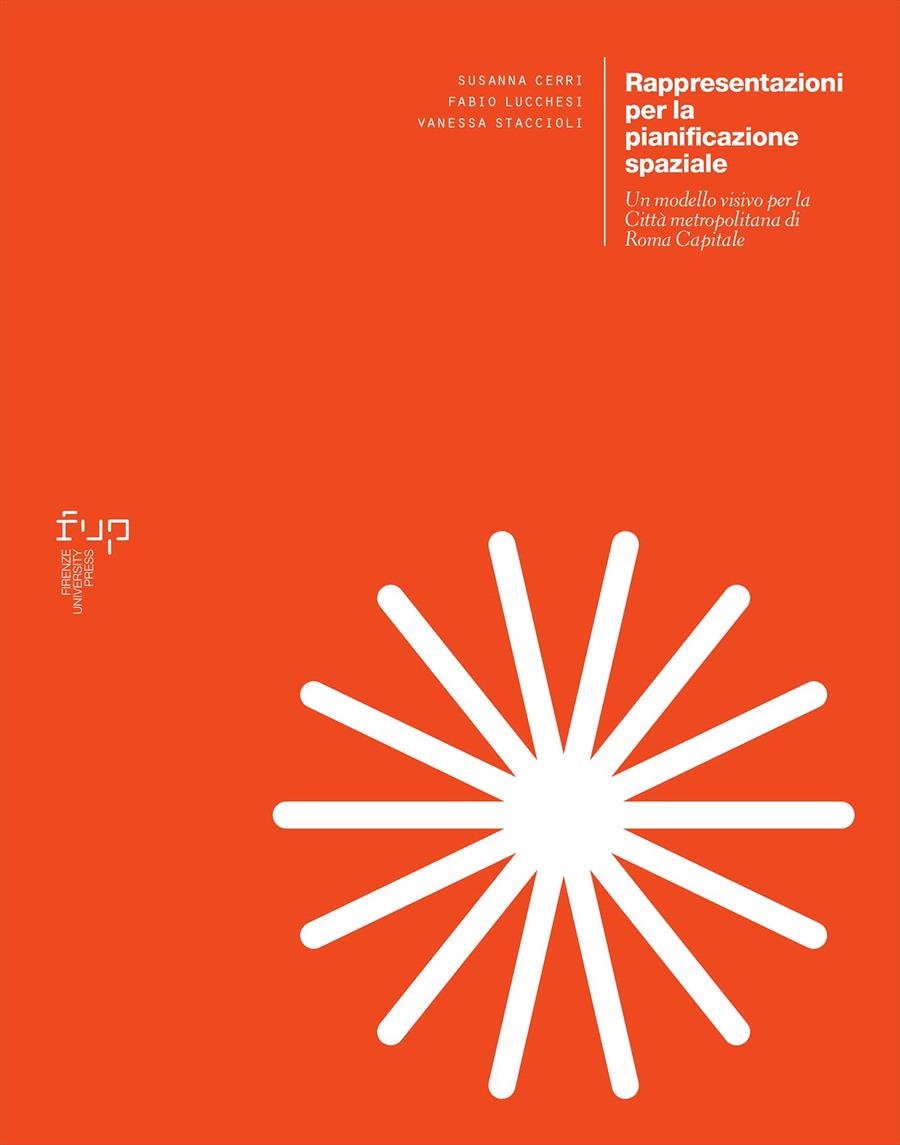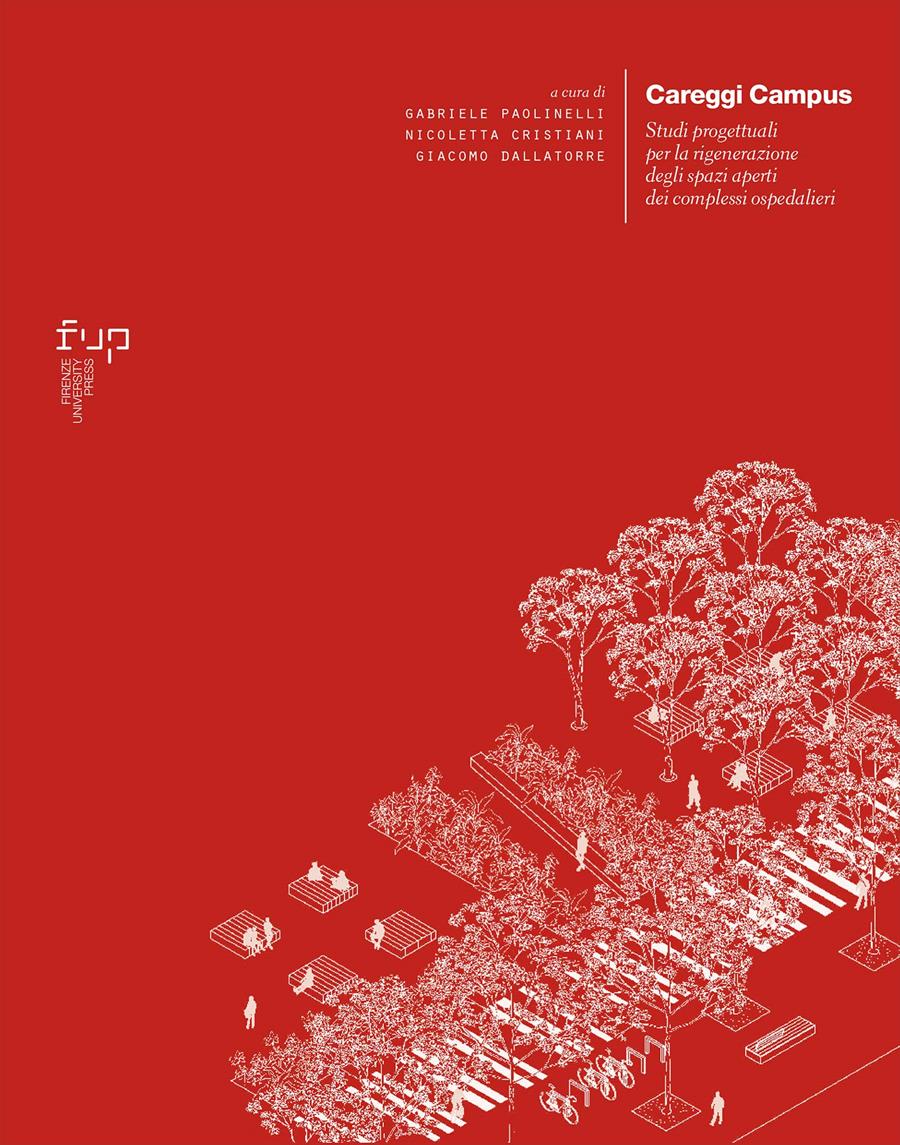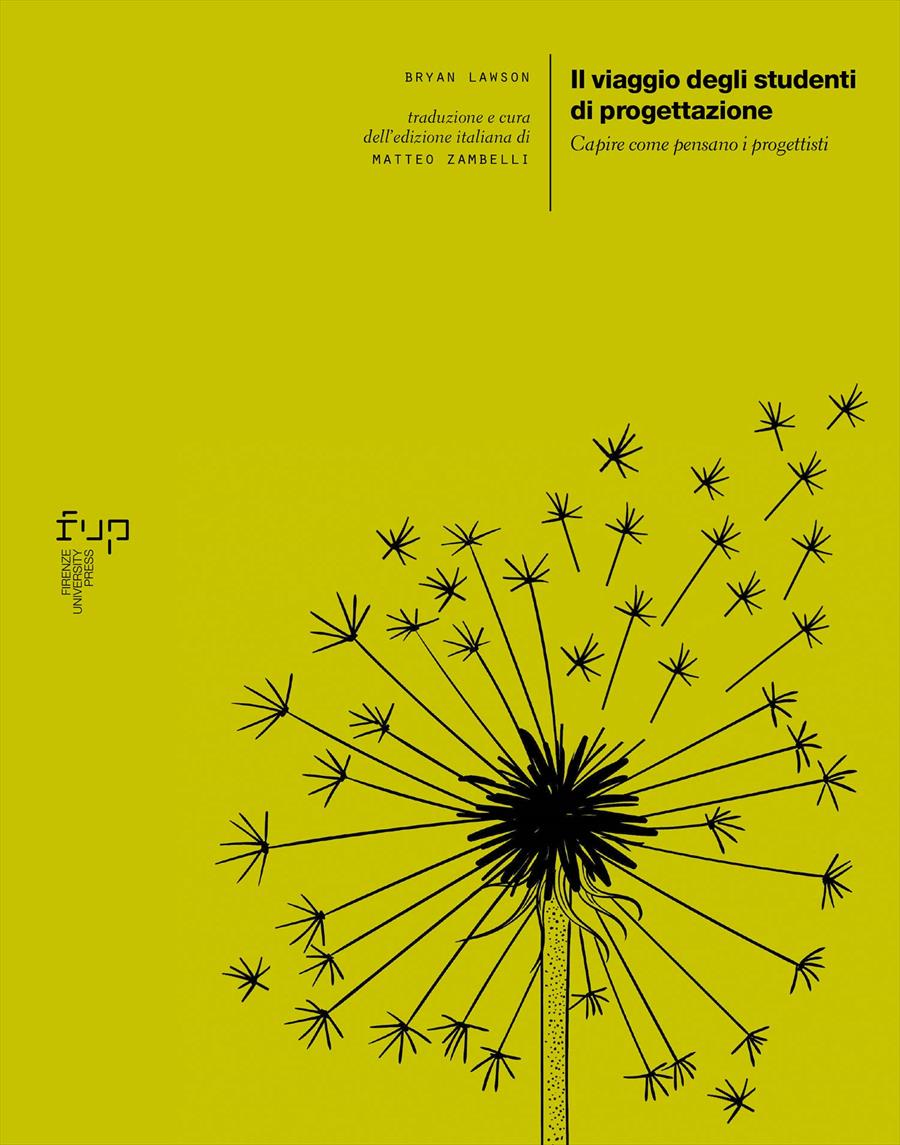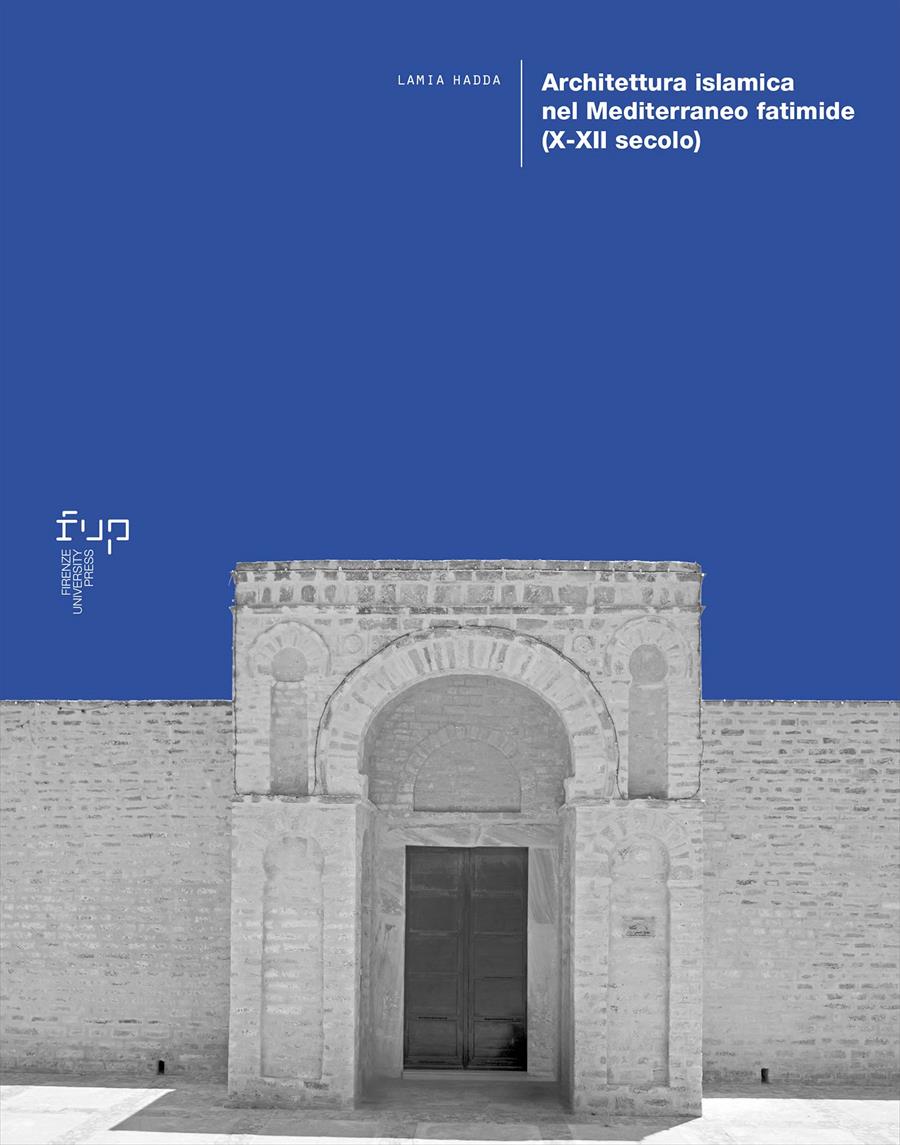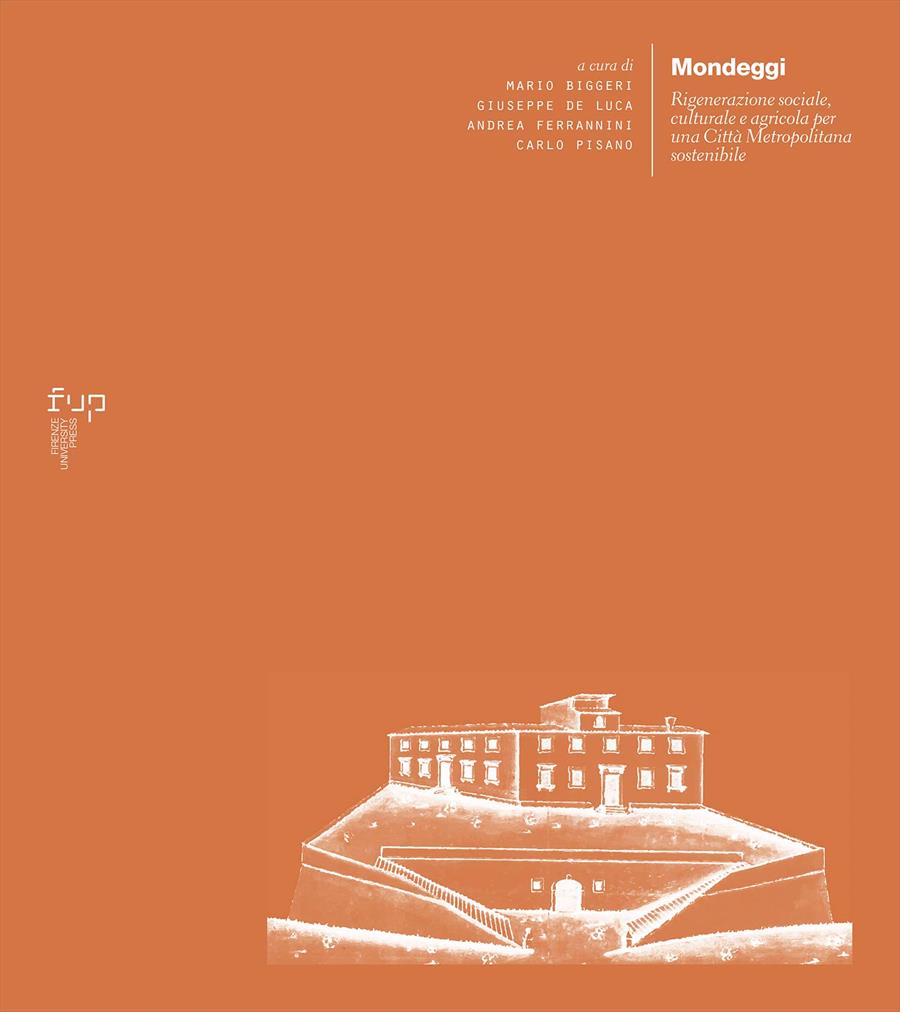The Spirit Of Water
Practices of cultural reappropriation. Indigenous heritage sites along the coast of the Eastern Cape-South Africa
- Magda Minguzzi,
This book describes a research project begun by the author in 2015 and co-authored by the chiefs of the KhoiSan peoples living in the Nelson Mandela Bay Municipality, South Africa, aided by staff and students at Nelson Mandela University. The scope of the project was to investigate methods and procedures that could help re-establish the link between the Indigenous communities and their ‘forgotten’ heritage sites due to the colonial segregations. Making use of a participatory and interdisciplinary method we explored the tangible and intangible heritage of the Eastern Cape province, with particular attention to the remains of precolonial fish traps located along the shoreline. Included also are important testimonies from the KhoiSan chiefs who, alongside the author, led the project.
- Keywords:
- Indigenous Knowledge and heritage,
- cultural re-appropriation,
- pre-colonial fish traps,
- DOI: 10.36253/978-88-5518-316-1
- Series: Ricerche. Architettura, Pianificazione, Paesaggio, Design
- Scientific Board
- Language: English
- Subjects: Architecture
Nelson Mandela University, South Africa
- Adhikari M. 2004, “Not black enough: reflection on changing expressions of coloured identity”, in «Post-apartheid South Africa, South Africa History journal», n. 51, pp. 167-178.
- Adhikari M. 2006, “Hope, fear, shame, frustration: continuity and change in the expression of coloured identity in white supremacist South Africa 1910-1994”, in «Journal of South African Studies», vol. 32, n. 3, Sept. 2006, pp. 467-489.
- Adhikari M. 2013, Burdened by race: Coloured identities in southern Africa, UCT Press, Cape Town.
- Auge’ M. 1992, Non-luoghi, (original title: Non-lieux), Eleuthera, Milan.
- Auge’ M. 2017, “I paesaggi sono fatti culturali” in Che Fare, maggio 2017, <https://www.che-fare.com/marc-auge-i-paesaggi-sono-fatti-culturali/> (21/10/2019).
- Bam J. 2014, “Contemporary KhoiSan heritage issues in South Africa: a brief historical overview”, in, L. Ntsebeza, C. Saunders (ed), «The pre-colonial catalytic project, vol. 1», CAS-UCT, Cape Town.
- Banner S. 2005, “Why “Terra Nullius”? Anthropology and property law in early Australia”, in «Law and History Review», n. 23/1, pp. 95-131. <https://historycooperative.org/journal/why-terra-nullius-anthropology-and-property-law-in-early-australia/#more-1389 > (15/09/2019).
- Barrow J. 1806, Travels into the Interior of Southern Africa, II, T. Cadell & W. Davies, London.
- Bartolomei E. 2017, “Dieci comandamenti in una mano e la spada nell’altra”, in Bartolomei E., Carminati D., Tradardi A. (ed), Esclusi: la globalizzazione neoliberista del colonialismo di insediamento, Derive Approdi, Roma, pp. 15-20.
- Bell V. 1999, “Re-membering places and the performance of belonging(s) an introduction”, in Performativity and Belonging, «Theory, Culture & Society», vol. 16-issue 2, pp. 1-10, SAGE journal.
- Binneman J. N. E. 1995, Symbolic construction of communities during the Holocene Later Stone Age in the South-Eastern Cape, PhD thesis, University of the Witwatersrand, Johannesburg.
- Binneman, J. N. F. 2001, “An introduction to the Later Stone Age Research Project along the South Eastern Cape coast”, «South African Field Archaeology», n. 10, pp. 75-87.
- Brewarrina Aboriginal Fish Traps <https://www.youtube.com/watch?v=Qa5WSRxpUj0&list=PLdes5_XP9UcM5QDm9G9dHYFZnufzktq67&index=10&t=0s> (15/09/2019)
- Campbell J. 1974, Travels in South Africa, Cape Town, C. Struik (Pty.) Ltd. [1815].
- Cavanagh E. 2013, Settler Colonialism and Land Rights in South Africa, Palgrave Macmillan, London.
- Cavanagh E. 2016, “South African Settler colonialism, 1880s-2015”, in E. Cagavan , L. Veracini L., The Routledge Handbook of the History of Settler Colonialism, Routledge, New York, pp. 291-309.
- Cereri F. 2003, Walkscapes, walking as an aesthetic practice, Gustavo Gill, Barcelona.
- Corboz A. 1998, cap. VII, “Il territorio come palinsesto”, in Id., Ordine sparso. Saggi sull'arte, il metodo, la città e il territorio, Franco Angeli, Milan.
- Dawson T. 2004, Locating fish traps on the Moray and Forth, University of St. Andrew, <http://scapetrust.org/wp-content/uploads/reports/fishtraps.pdf> (20/09/2019).
- Deacon J., “Changing times at Matjes River rock shelter”, The Van Plettenberg Historical Society, <https://www.pletthistory.org/talks/changing-times-at-matjes-river-rock-shelter/> (07/12/2018).
- Deacon J., Dowson, T.A. 1996, Voices from the past: /Xam Bushmen and the Bleek and Lloyd collection, Witwatersrand University Press, Johannesburg.
- Deacon H, Deacon J. 1999, Human beginnings in South Africa: uncovering the secrets of the Stone Age, David Philip, Cape Town.
- De Jongh M. 2016, A forgotten First people: The Hessequa of the Southern Cape, The Watermark Press, Durban.
- De Jongh M. 2012, Roots and Routes, the marginalization of a South African First People, Unisa Press, Pretoria.
- Du Plessis J. 1911, A History of Christian Missions in South Africa, Longmans Green and Co., London.
- Du Plessis W. J. 2011, “African Indigenous land rights in a private ownership paradigm”, paper presented at the 13th Biennale conference of the International Association for the Study of the Commons (IASC), India, 2011.
- Fish Protection Act, «Government Gazette» 24/11/1893, Anon.
- Forbes V. S. 1965, Pioneer travellers of South Africa, A.A. Bakema, Cape Town-Amsterdam.
- Freire P. 2017, Pedagogy of the oppressed, Continuum, New York-London [1970].
- Geisler C. 2012, “New Terra Nullius narratives and the gentrification of Africa’s “empty lands”, in «American Sociological Association», Vol. XVIII, n. 1, pp. 15-29.
- Goldbard A. 2006, New creative community, New Village Press, New York.
- Gribble J. 2015, “Pre-colonial fish traps””, <https://www.icomos.org/risk/2006/10gribble2006an.pdf> (05/09/2019).
- Hale A. G. C., “Fish-traps in Scotland: construction, supply, demand and destruction. Fischreusen in Schottland”, «Pamatky Archeologicke», Supplementum 17, Ruralia V., <http://ruralia2.ff.cuni.cz/wp-content/uploads/2018/04/16_Hale.pdf> (20/09/2019).
- Hardy B. from the Brewarrina Cultural Centre, “Fish traps - with Dr. Dave” by Dr. David Watson from Charles Sturt University: <https://www.youtube.com/watch?v=Qa5WSRxpUj0&list=PLdes5_XP9UcM5QDm9G9dHYFZnufzktq67&index=10&t=0s > (15/09/2019).
- Hine J. P. 2008, Stone-walled tidal fish traps: an archaeological and archival investigation, thesis Master of Philosophy, University of Cape Town.
- Hine P., Sealy J., David Halkett D., Hart T. 2010, “Antiquity of stone-walled tidal fish traps on the Cape coast, South Africa”, in «The South African Archaeological Bulletin», vol. 65, n. 191, June 2010, pp. 35-44.
- Hunter-Anderson R., “Yapase Stone fish traps”, «Asian Perspectives», XXIV (1), 1981, pp. 81-90.
- Jakob M. 2009, Il Paesaggio, Il Mulino, Bologna.
- Jakob M. 2018, What is Landscape, List, Trento.
- Kemp L. V. 2006, Ancient stonewall fish traps on the coast of South Africa: documentation, current use, ecological effects and management implications, thesis Master of Philosophy, University of Cape Town.
- Kolb, P. 1968, The present state of the Cape of Good-Hope. [Volume I], or, A particular account of the several nations of the Hottentots: their religion, government, laws, customs, ceremonies, and opinions; their art of war, professions, language, genius, &c, New York & London: Johnson, [1731].
- La Cecla F. 1995, Mente locale, Eleutera, Milan.
- Lange M., Muller Jansen L., Tomaselli K., Fisher R., Morris D. 2013, Engraved landscape, Biesje Poort: many voices, National Heritage Council&University of KwaZulu Natal.
- Lichtenstein H. 1812, Travels in Southern Africa in the Years, 1803, 1804, 1805 and 1806, Henry Colburn, London.
- Luo L., Wang X., Liu J., Guo H. 2015, “Ancient Stone tidal weirs in Peghu Archipelago: distribution, category, structure and function, a Google Earth and GIS approach”, in «The International Archives of the Photogrammetry, Remote Sensing and Spatial Information Sciences», vol XL-5/W7.
- Malherbe V. C. 1978, Diversification and mobility of the KhoiKhoi labour in the Eastern district of the Cape Colony prior to the labour law of the 1 November 1809, Dissertation for Degree of Master of Art, UCT.
- Malherbe, V.C. 1980, “David Stuurman, last chief of the Hottentots”, «African Studies» n. 39, pp. 47-64.
- Malherbe V. C. 1997, The Cape KhoiSan in the Eastern District of the Colony before and after ordinance 50 of 1828, PhD thesis, UCT.
- Memmott P. 1985, Aboriginal Fish Traps in the Gulf of Carpentaria and Wellesley Islands Research Project. Report on Data Collection and Compilation. Unpublished report, Aboriginal Data Archive, University of Queensland, St Lucia.
- Memmott P., Robins R., Stock E. 2008, “What exactly is a fish trap? Methodological issues for the study of aboriginal intertidal rock wall fish traps, Wellesley Islands region, Gulf of Carpentaria, Australia”, in J. Conolly and M. Campbell, Comparative Island Archaeologies. British Archaeological Reports, Oxford, pp. 47-67.
- Mitchell L. 2008, Belongings: property, family and identity in Colonial South Africa, Columbia University Press.
- Moreton-Robinson A. 2003, “I still call Australia home: Indigenous belonging and place in a white postcolonising society” (cap 1), in S. Ahmed S., Uprootings/regroundings: questions of home and migration, Berg Publishing.
- Moreton-Robinson A. 2015, The white possessive: property, power, and Indigenous sovereignty, Minneapolis: University of Minnesota Press.
- Newton-King S., Malherbe V.C. 1980, “The KhoiKhoi rebellion in the Eastern Cape (1799-1803)”, «Communications», n. 5, CAS-UCTCape Town.
- Okoth-Ogendo H.W.O. 2003, “The tragic African common”, «University of Nairobi law Journal», vol.1.
- Parkington J. 2006, Shorelines, strandlopers and shell middens, Clanwilliam Living Landscape Project, Creda Communications, Cape Town.
- Parkington J., Dlamini N. 2015, First People ancestors of the San, Creda Communications.
- Pearce D. G. 2009, Later Stone Age burial practice in the Eastern Cape Province, South Africa, PhD thesis, Wits University, <http://wiredspace.wits.ac.za/handle/10539/6119?show=full> (17/10/2020).
- Penn N. 2013, “The British and the ‘Bushmen’: the massacre of the Cape San, 1795 to 1828”, «Journal of Genocide Studies» n. 15/2.
- Penn N. 2013, “Written Culture and the Cape Khoikhoi: from travel writing to Kolb’s ‘full description’”, in A. Delmas A. and N. Penn , Written Culture in a Colonial Context Africa and the Americas 1500-1900, University of Cape Town Press.
- Ramerini M., “The Dutch in South Africa, 1652-1795, 1802-1086”, <https://www.colonialvoyage.com/dutch-south-africa/> (05/09/2019).
- Rose D.B. 1996, Nourishing terrains: Australian Aboriginal views of landscape and wilderness, Australian Heritage Commission.
- Shapera I. 1930, The Khoisan Peoples of South Africa, Routledge & Kegan Paul, London.
- Sealy J., Ludwig B., Henderson Z. 2006, “New Radiocarbon Dates for Matjes River Rock Shelter”, «The South African Archaeological Bulletin», Vol. 61, n. 183, pp. 98-101.
- Smits L. G. A. (1967), “Fishing-Scenes from Botsabelo, Lesotho, in «The South African Archaeological Bulletin», Sep., 1967, vol. 22, n. 86, pp. 60-67.
- Thom, H.B. 1954, «Journal of Jan van Riebeeck» vol. II, Cape Town, Balkema.
- Veracini L. 2010, Settler Colonialism. A Theoretical Overview, Palgrave Macmillan.
- Veracini L. 2014, “Indigenes and Settlers (Fourth World)”, in P. Duara, V. Murthy, A. Sartori, A Companion to Global Historical Thought, Wiley&Sons, pp. 451-465.
- Veracini L. 2015, The Settler Colonial Present, Palgrave Macmillan, London.
- Veracini, L. 2017, “Introduzione al colonialismo di insediamento” in E. Bartolomei, D. Carminati, A. Tradardi (ed), Esclusi: la globalizzazione neoliberista del colonialismo di insediamento, Derive Approdi, Roma, pp. 33-44.
- Vinnicombe P. 1960, "A fishing scene from the Tsoelike River, south-eastern Basutoland", in «South African Archaeological Bulletin» n. 15, pp. 15-19.
- Vinnicombe P. 1961, "A painting of a fish-trap on Bamboo Mountain, Underberg District, Southern Natal", in «South African Archaeological Bulletin», n. 1, pp. 114-115.
- Tuck, E. and Yang, K.W. 2012, “Decolonization is not a Metaphor”, in «Decolonization: Indigeneity, Education & Society», n. 1.
- Wolfe P. 1999, Settler Colonialism and the Transformation of Anthropology, the Politics and Poetics of an Ethnographic Event, Cassel, London.
- Wolfe P. 2006, “Settler colonialism and the elimination of the native”, in «Journal of Genocide Research» n8 (4), Dec, pp. 387-409.
- Publication Year: 2021
- Pages: 104
- eISBN: 978-88-5518-316-1
- Content License: CC BY-NC-SA 4.0
- © 2021 Author(s)
- Publication Year: 2021
- eISBN: 978-88-5518-317-8
- Content License: CC BY-NC-SA 4.0
- © 2021 Author(s)
- Publication Year: 2021
- Pages: 104
- ISBN: 978-88-5518-315-4
- Content License: CC BY-NC-SA 4.0
- © 2021 Author(s)
Bibliographic Information
Book Title
The Spirit Of Water
Book Subtitle
Practices of cultural reappropriation. Indigenous heritage sites along the coast of the Eastern Cape-South Africa
Authors
Magda Minguzzi
Peer Reviewed
Number of Pages
104
Publication Year
2021
Copyright Information
© 2021 Author(s)
Content License
Metadata License
Publisher Name
Firenze University Press
DOI
10.36253/978-88-5518-316-1
ISBN Print
978-88-5518-315-4
eISBN (pdf)
978-88-5518-316-1
eISBN (xml)
978-88-5518-317-8
Series Title
Ricerche. Architettura, Pianificazione, Paesaggio, Design
Series ISSN
2975-0342
Series E-ISSN
2975-0350
